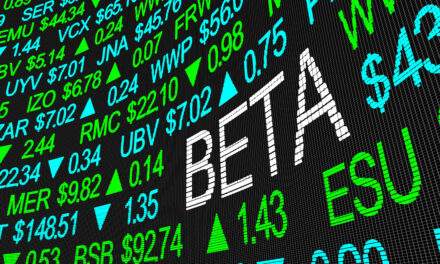Last week we talked about hedging instruments and how “levered” they are.These tools can tell us how much a specific instrument will move relative to the broader underlying market. And we got a great example of this on Tuesday, with markets making their worst single-day loss since 2020.
In fact, here’s a look at Tuesday’s performance for all the hedging instruments I mentioned last week:

As you can see, the percentage gains are all over the place. This is due to the effect of leverage in the ETFs and explains why SH is up 4.37% while SPXU is up 12.76%. But the question is, how do we measure this for EVERYTHING?The answer is a stock fundamental called “beta”.Beta is the ratio, on a percentage basis, of how much a stock will move relative to the S&P 500. It can be positive or negative. So, to go back to our previous example: SH has close to a beta of -1, while SPXU has close to a beta of -3.That makes sense. SH is an unleveraged inverse ETF, while SPXU is a 3x inverse ETF.Meanwhile, looking at SPY in the above watchlist, it has a beta close to 1.In Thinkorswim, beta is a chart tool available for all instruments and is great for predicting how volatile the underlying stock might be. For example, we could expect the beta for Tesla (TSLA) to be higher (see the white line at the bottom)…

And we’d expect the beta for Coca Cola (KO) to be lower…

And we’d be right! TSLA’s beta is 1.6 and KO’s beta is .86, almost HALF. What this tells us is that a given option bought on KO is going to be far less volatile than a similar option (expiry and delta-wise) bought on TSLA!Beta helps you determine which stocks to trade options on when we see big moves in the market. If you want a low-volatility trade, looks for stocks with a beta under 1, and vice versa.That’s all for now folks!
Until next time, Bryan KlindworthSenior Analyst, Kings Corner
Bryan KlindworthSenior Analyst, Kings Corner







